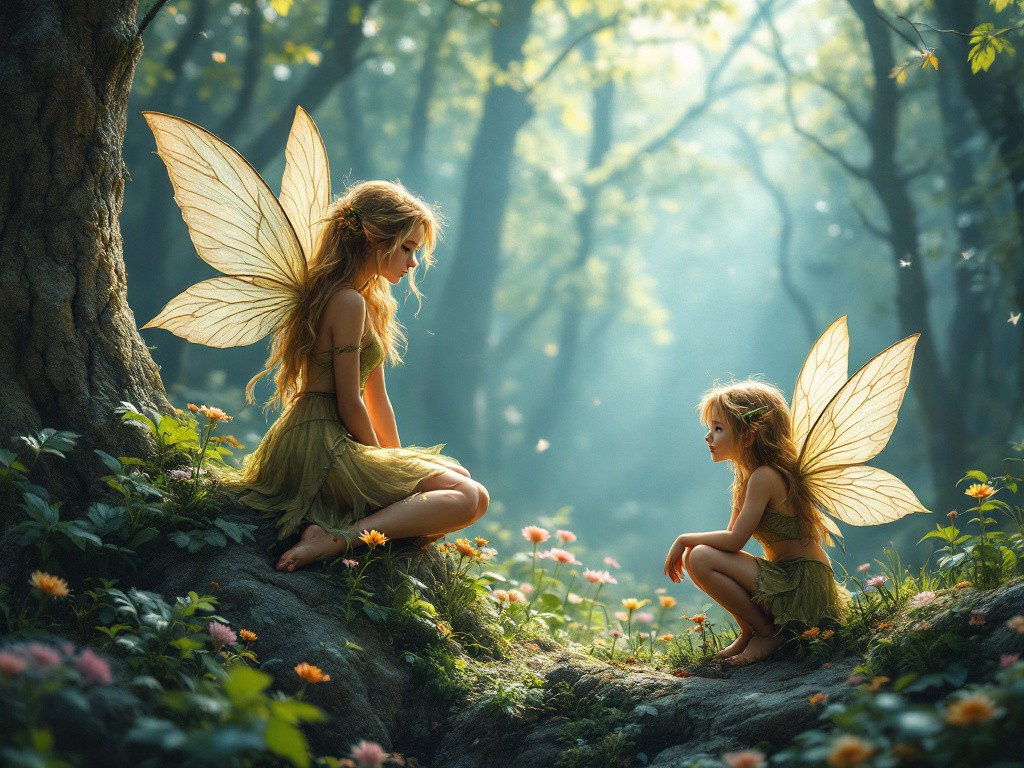Fairies have long captured the imagination of people across cultures and centuries. These mystical creatures, often depicted as small, winged beings, are known for their magical powers and connection to nature. However, the world of fairies is vast and varied, with many different types, each possessing its own unique characteristics and abilities. In this article, we will explore 10 types of fairies, delving into their origins, traits, and the roles they play in folklore.
1. Pixies
Pixies are one of the most well-known types of fairies. Originating from Cornish folklore, these mischievous creatures are often depicted as small, human-like beings with pointed ears and wings. They are known for their playful nature, often leading travelers astray or playing tricks on humans. Despite their mischievous tendencies, pixies are generally considered to be good-natured and are often associated with positive energy and joy.
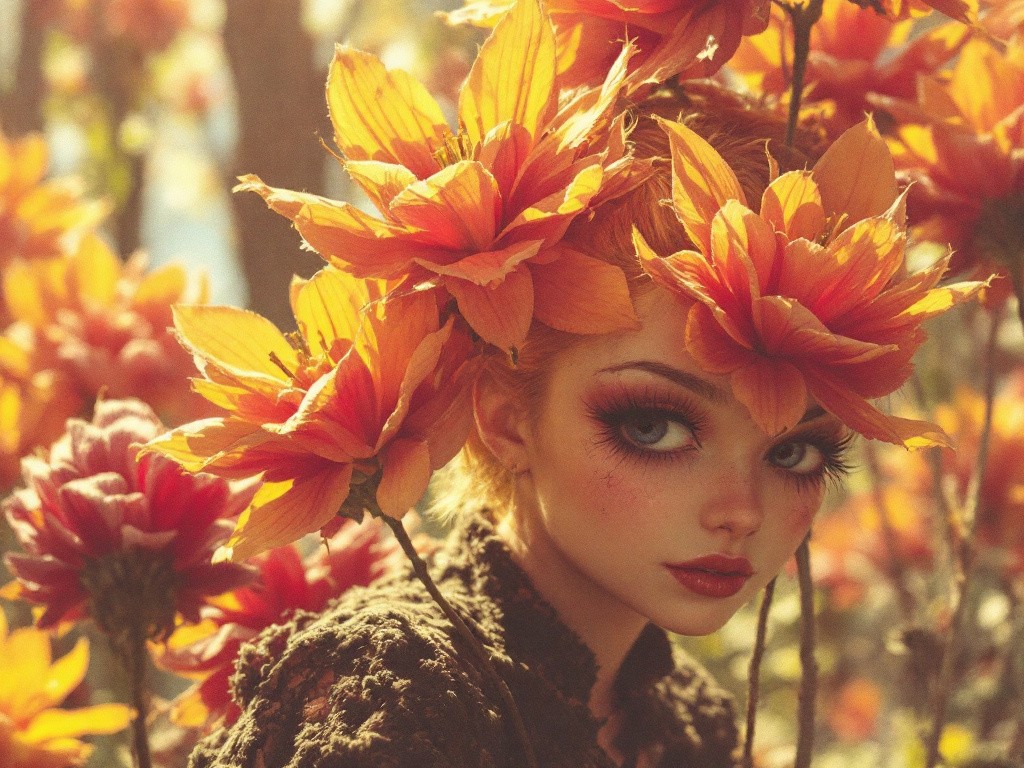
Characteristics of Pixies:
- Small in size, usually no more than a few inches tall
- Often depicted with wings, though not always
- Mischievous, playful, and sometimes tricksters
- Associated with nature, particularly forests and gardens
2. Dryads
Dryads are tree spirits from Greek mythology, often associated with oak trees. These fairies are deeply connected to the forests and are believed to be the guardians of trees. Dryads are shy and reclusive, rarely interacting with humans unless their trees are threatened. They are often depicted as beautiful, ethereal women who can merge with the trees they protect.
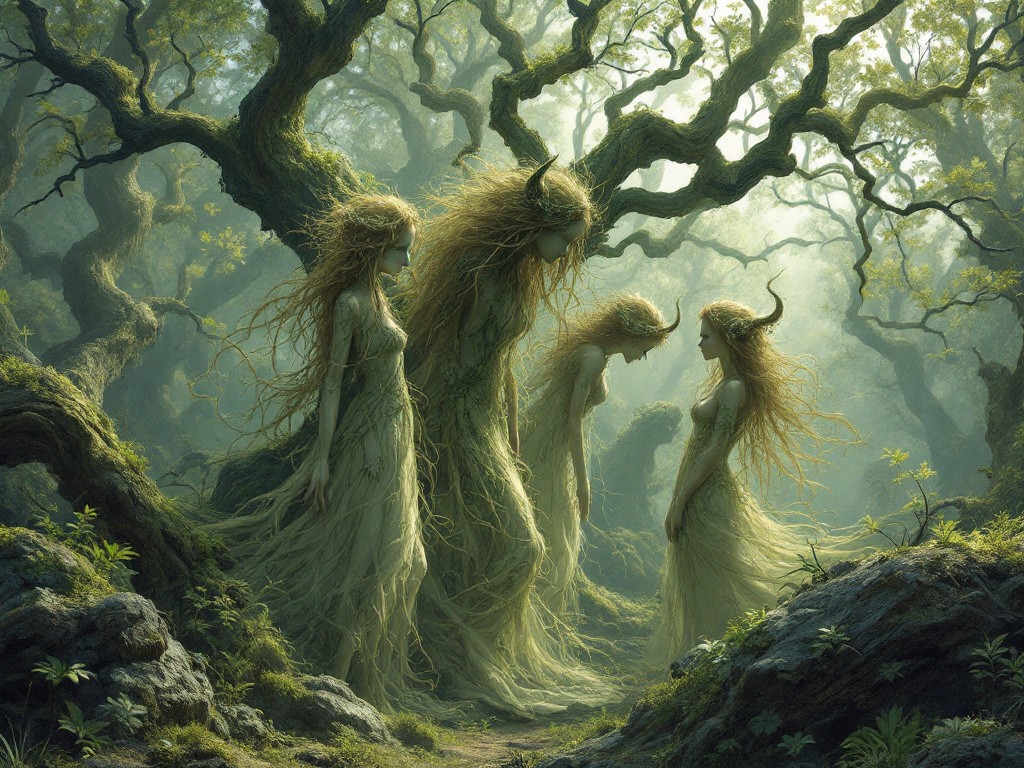
Characteristics of Dryads:
- Tree spirits, often associated with specific types of trees
- Shy and reclusive, rarely interacting with humans
- Can merge with trees and are deeply connected to nature
- Often depicted as beautiful women
3. Sylphs
Sylphs are air elementals, often associated with the wind and the sky. These fairies are believed to be the spirits of the air, controlling the winds and weather. In some traditions, sylphs are depicted as graceful, winged beings that can fly through the air with ease. They are often associated with freedom and the open sky.
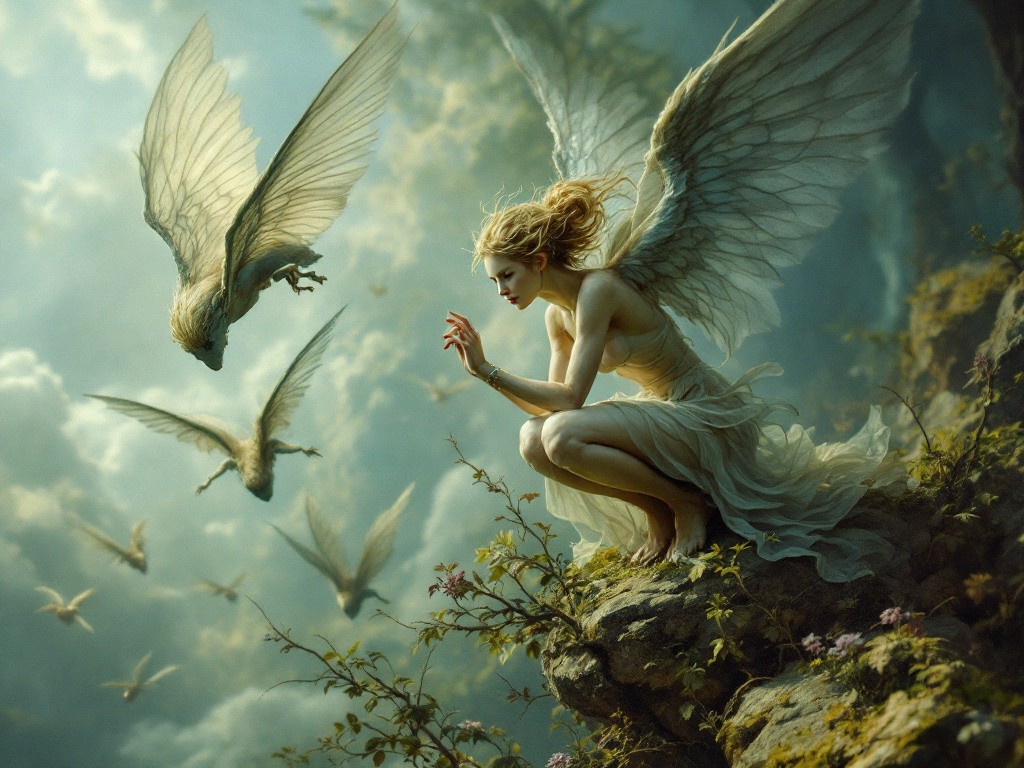
Characteristics of Sylphs:
- Air elementals, associated with wind and weather
- Graceful, often depicted with wings
- Can control the winds and influence the weather
- Associated with freedom and the open sky
4. Brownies
Brownies are household fairies from Scottish and English folklore. These small, helpful creatures are known for assisting with household chores, often working at night when the inhabitants of the house are asleep. Brownies are generally good-natured, but they can become offended if they are mistreated or if the household does not leave out offerings of food for them.
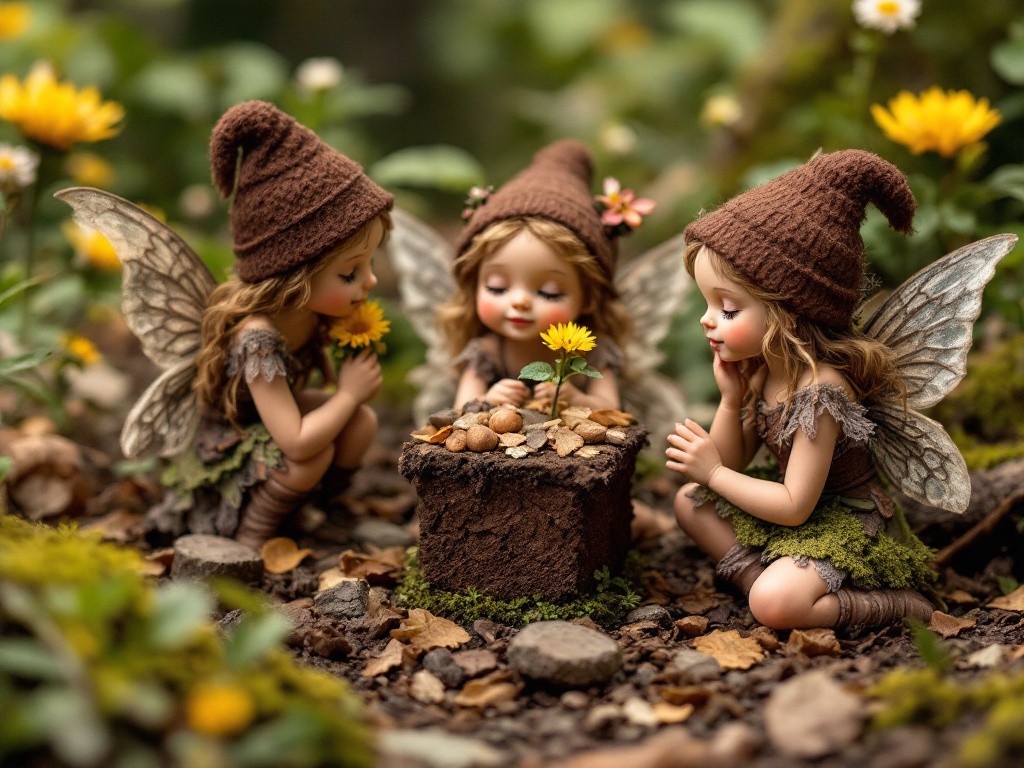
Characteristics of Brownies:
- Small, helpful household fairies
- Assist with household chores, often at night
- Can become offended if mistreated or if offerings are not left
- Generally good-natured and helpful
5. Banshees
Banshees are a type of fairy from Irish folklore, often associated with death and mourning. These fairies are believed to be the spirits of women who wail or scream to foretell the death of a family member. Banshees are often depicted as ghostly, ethereal beings with long, flowing hair and a mournful appearance.
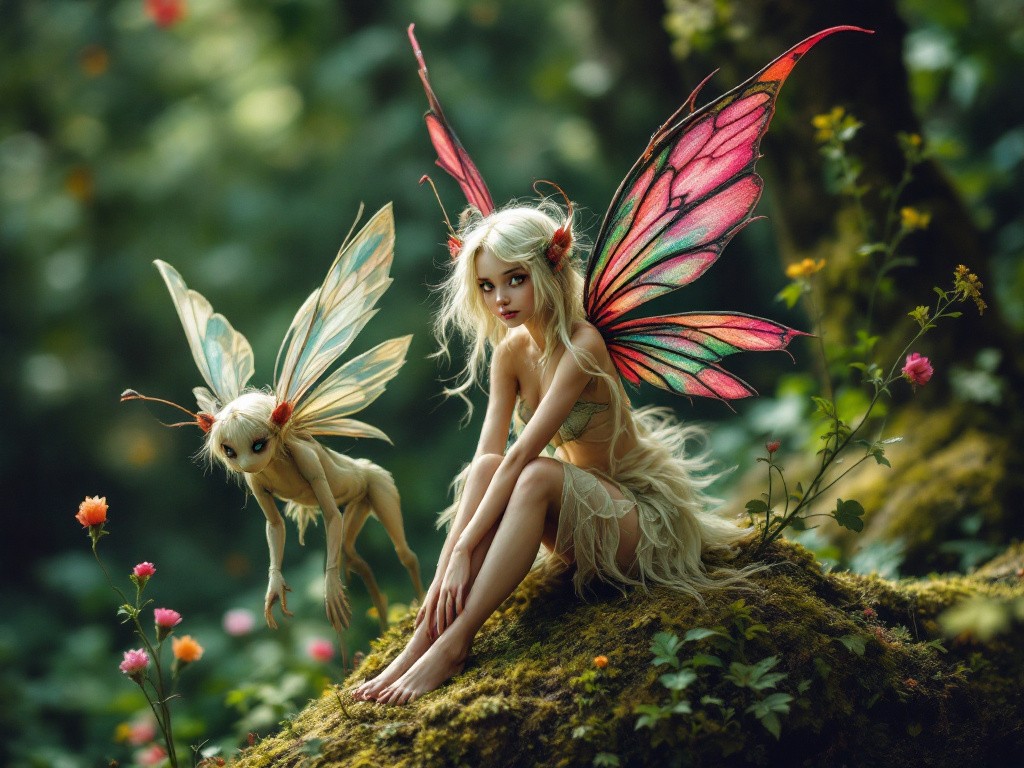
Characteristics of Banshees:
- Associated with death and mourning
- Wail or scream to foretell the death of a family member
- Often depicted as ghostly, ethereal beings
- Have long, flowing hair and a mournful appearance
6. Leprechauns
Leprechauns are mischievous fairies from Irish folklore, often associated with wealth and treasure. These small, bearded men are known for their love of gold and their ability to grant wishes to those who capture them. Leprechauns are often depicted as cobblers, working on shoes in their spare time.
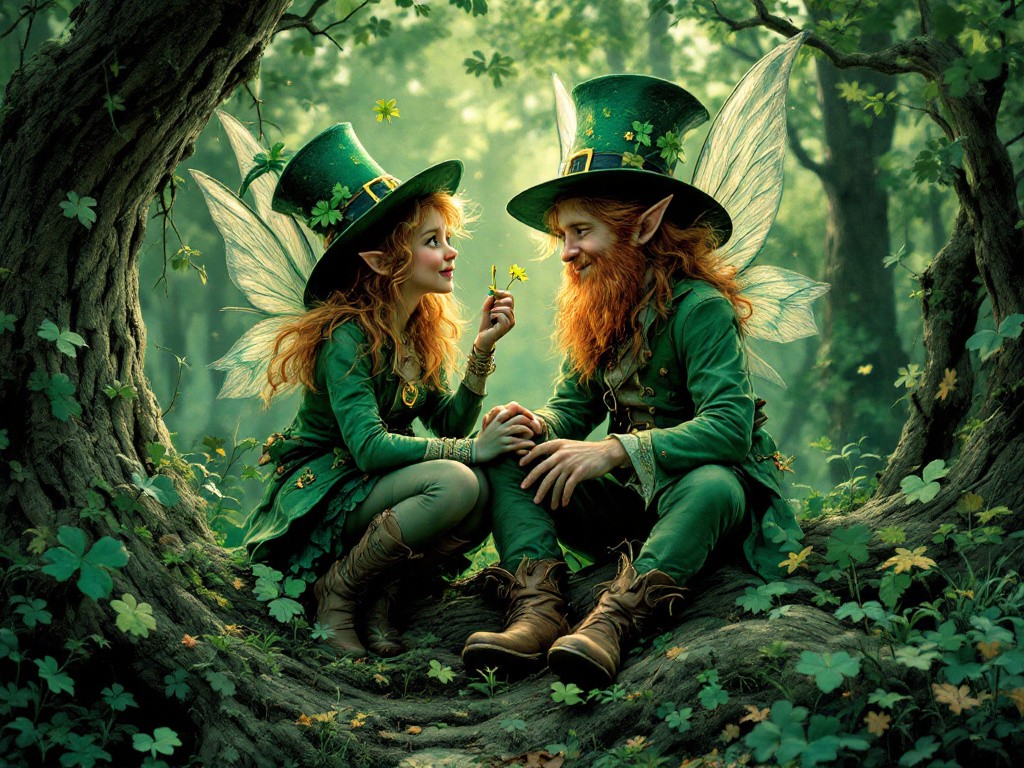
Characteristics of Leprechauns:
- Small, bearded men known for their love of gold
- Can grant wishes to those who capture them
- Often depicted as cobblers, working on shoes
- Associated with wealth and treasure
7. Nymphs
Nymphs are nature spirits from Greek mythology, often associated with specific natural features such as rivers, mountains, or forests. These fairies are often depicted as beautiful, young women who embody the spirit of the natural world. Nymphs are generally benevolent and are often associated with fertility and growth.
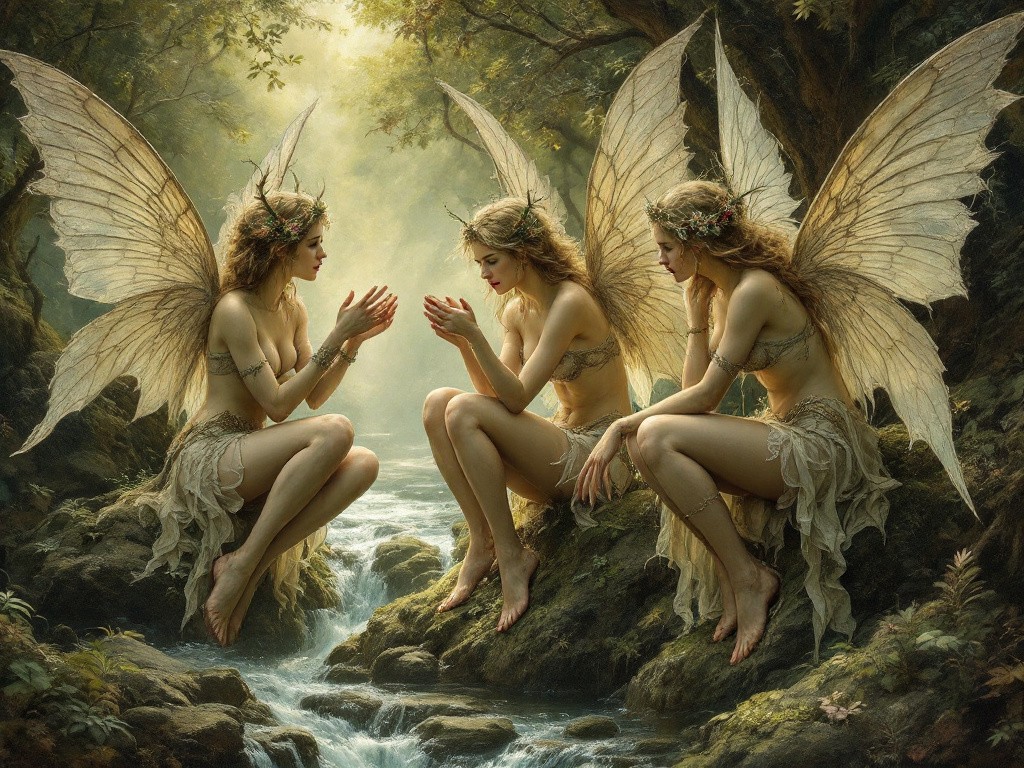
Characteristics of Nymphs:
- Nature spirits associated with specific natural features
- Often depicted as beautiful, young women
- Embody the spirit of the natural world
- Associated with fertility and growth
8. Elves
Elves are a type of fairy from Germanic and Scandinavian folklore, often depicted as tall, graceful beings with pointed ears. These fairies are known for their magical abilities and their connection to nature. In some traditions, elves are associated with the protection of forests and other natural areas, while in others, they are depicted as skilled craftsmen and warriors.
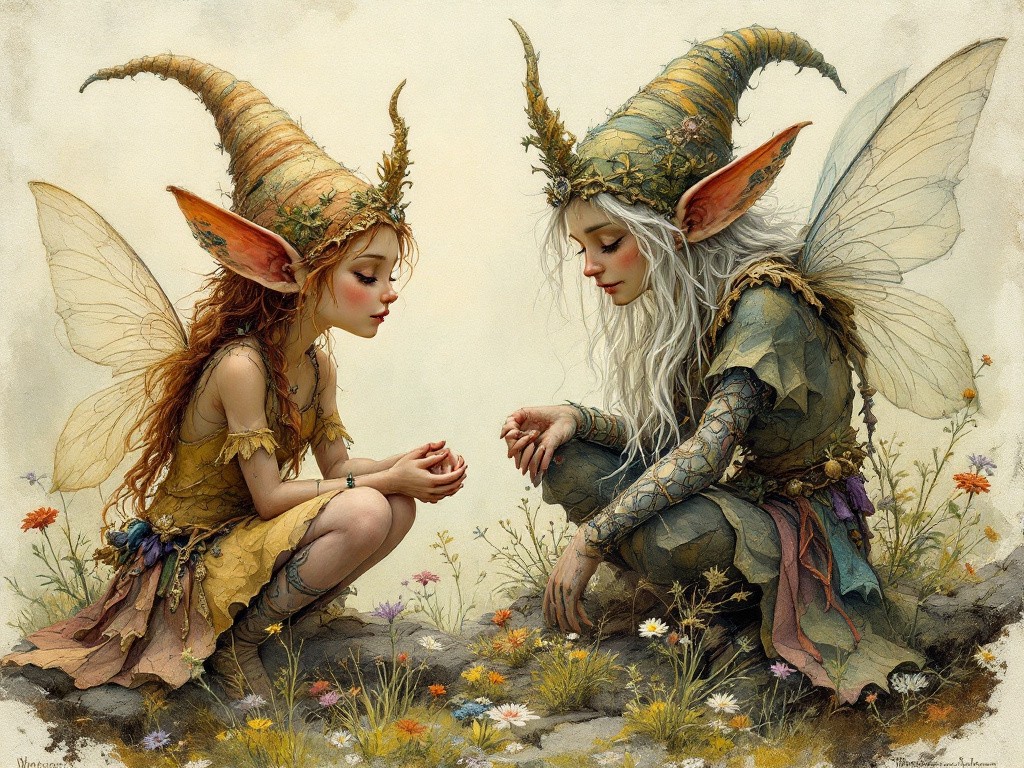
Characteristics of Elves:
- Tall, graceful beings with pointed ears
- Known for their magical abilities and connection to nature
- Often associated with the protection of forests
- Skilled craftsmen and warriors
9. Kelpies
Kelpies are water spirits from Scottish folklore, often associated with rivers and lakes. These fairies are shape-shifters, often taking the form of a horse to lure humans into the water. Kelpies are known for their dangerous nature, as they are believed to drown those who attempt to ride them.
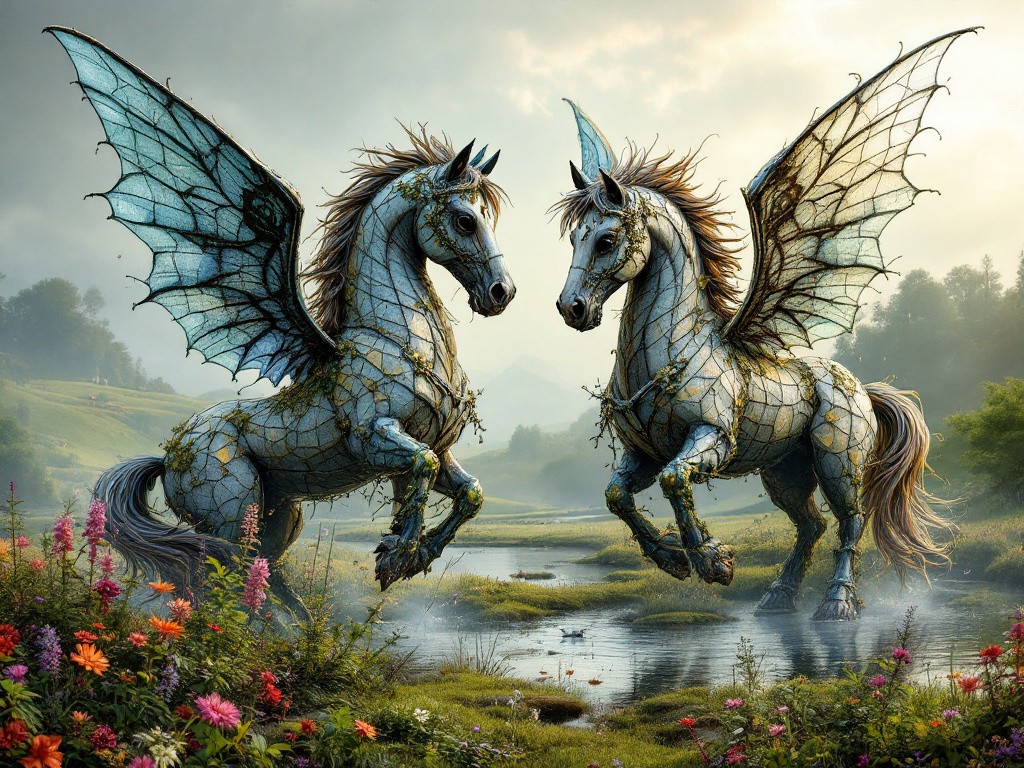
Characteristics of Kelpies:
- Water spirits associated with rivers and lakes
- Shape-shifters, often taking the form of a horse
- Known for their dangerous nature, often drowning humans
- Associated with Scottish folklore
10. Tinkerbell Fairies
Tinkerbell fairies, made famous by J.M. Barrie’s Peter Pan, are a more modern depiction of fairies. These small, winged beings are often associated with tinkering and fixing things. Tinkerbell herself is known for her fiery personality and her loyalty to Peter Pan. These fairies are often depicted as small, glowing beings with a strong sense of independence.
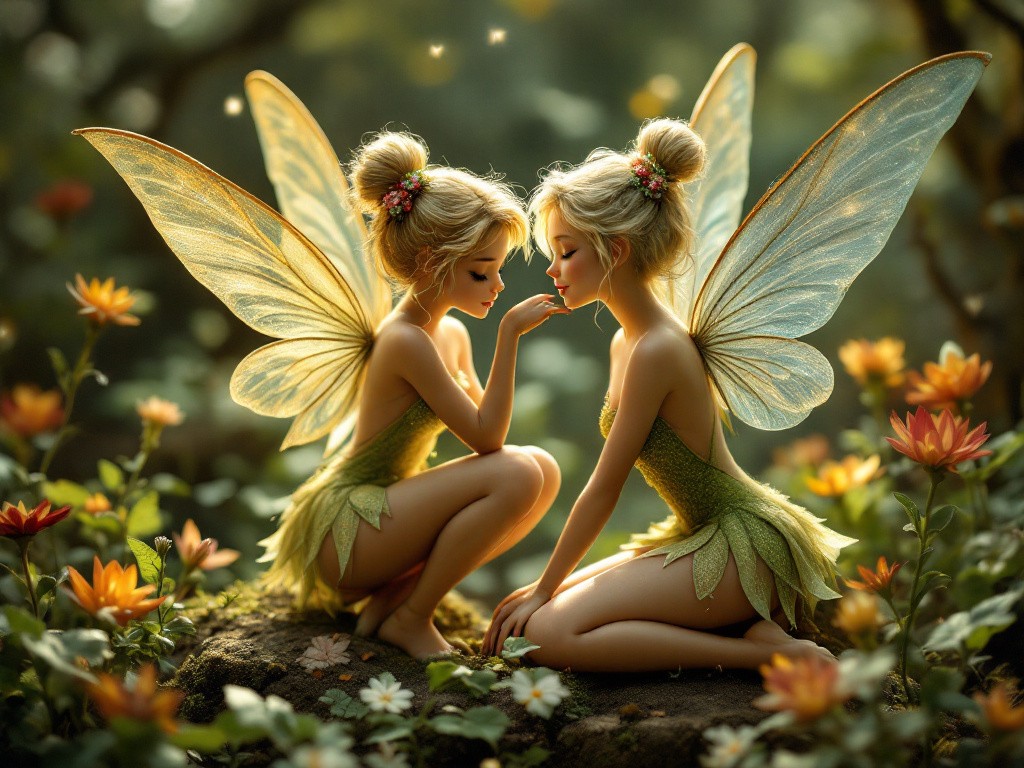
Characteristics of Tinkerbell Fairies:
- Small, winged beings associated with tinkering and fixing things
- Known for their fiery personalities
- Often depicted as glowing beings
- Associated with loyalty and independence
FAQ
1. What are the most common types of fairies?
The most common types of fairies include pixies, elves, and nymphs. These fairies are often depicted in folklore and popular culture, each with their own unique characteristics and abilities.
2. Are fairies real?
Fairies are mythical creatures that exist in folklore and mythology. While there is no scientific evidence to support the existence of fairies, they continue to capture the imagination of people around the world.
3. What is the difference between a pixie and a fairy?
A pixie is a specific type of fairy, often associated with mischief and playfulness. While all pixies are fairies, not all fairies are pixies. Fairies encompass a wide range of mythical beings, including dryads, sylphs, and brownies.
4. What are banshees?
Banshees are a type of fairy from Irish folklore, often associated with death and mourning. They are believed to wail or scream to foretell the death of a family member.
5. How are fairies depicted in modern culture?
In modern culture, fairies are often depicted as small, winged beings with magical powers. Characters like Tinkerbell from Peter Pan have popularized this image of fairies, though traditional folklore includes a much wider variety of fairy types.
